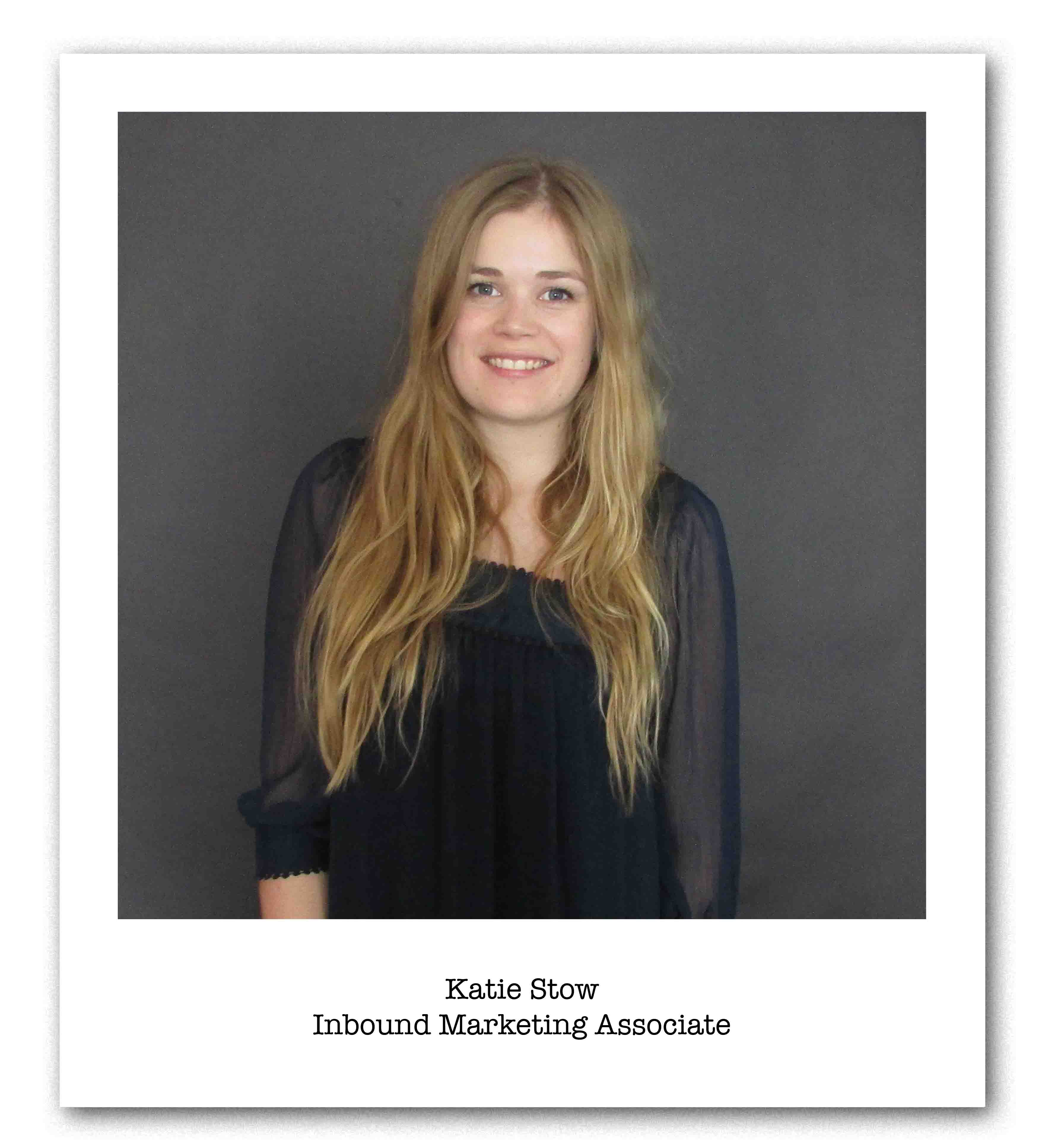BECOME W.I.S.E.R. with Your AI Prompts - A guide for sales managers
Everyone’s wittering on about AI like it’s the second coming. But here’s the rub: if you give it half-baked prompts, you’ll get half-baked answers....
3 min read
 Katie Stow
Updated on May 24, 2016
Katie Stow
Updated on May 24, 2016

Are you a business owner with a website that needs redesigning? You might have seen a competitor's site that had all the latest features, a modern look and thought - 'I want that!' If you can relate, you're in the right place. So far we’ve introduced Growth Driven Design, explained why the traditional website design process is flawed, discussed the three foundational pillars of GDD and what the GDD Phase 1 strategy planning session should look like.
Once you come to the conclusion that your website needs a revamp it's time to think - if money was no object - what amazing elements would you include? Now it's time to write your wish list! In this week's blog, we cover the steps to developing a wish list and why this is critical in the website design process.

Coming to your wish list planning session with a ‘clean slate’ approach is key – forget about issues with the current site and think about what you would want the new website to feature, regardless of time or money constraints.
We like to say, "Be careful what you wish for, cause you just might get it!" If you don’t throw the idea out there, it will never have a chance of happening.
Thought Triggers – You should cover elements such as:
Ideally your brainstorming session will drum up around 50-150+ ideas, so make sure you save your list somewhere you can easily find it again throughout the website build and beyond.
This list will then be used to determine the initial action items of the build – but not all 150+ will make it onto the launch pad site, so you need to prioritise them, and this is how.
80/20 Analysis of your wish list
To run this analysis, gather your entire team and try to identify the 20% of items that will produce 80% of the impact for your website’s users. Once you have identified the core 20%, pull them to the side and do some additional filtering by asking yourself the following two questions:
The aim of this filtering process is to really narrow your focus and reduce your to-do list down to the main core action items to ensure a quick launch.
Remember the main concept with Growth Driven Design is to develop a quick, agile launch pad site producing better results and ROI.
Once you have narrowed down your wish list to your core 20% ‘must have’ action items, you need to create a hypothesis statement for each one.
These statements allow you to clarify how each item relates back to your original goals for the new site, the persona/s you are targeting and gives you the opportunity to evaluate the expected impact each action item will have.
Expected Impact + Effort Required + Metrics Measured + Definition of Complete = Hypothesis Statement
Once you have identified the important action items you need to run those items through the standard website implementation process:
The last step of this stage is to set up qualitative and quantitative data collection around:
Setting up data collection is the vital step that allows you to start learning about your visitors once your launch pad site is live.
Have you recently launched a website but still want to implement the Growth Driven Design model? No problem! You can use your existing website as your launch pad site and move right to Phase 2 - the ongoing cycle of GDD (which we will be going over in next week's blog). If you're busting to learn more, then I invite you to download our complimentary ebook ‘An introduction to Growth Driven Design’.
Download the ebook now by clicking on the button below:
Keep up-to-date with all things 'Growth Driven Design’ by subscribing to g2m's ‘Growth Blog' and receive updates sent straight to your inbox. If you like this post, be sure to share!
Subscribe to our latest news and updates on HubSpot.

Everyone’s wittering on about AI like it’s the second coming. But here’s the rub: if you give it half-baked prompts, you’ll get half-baked answers....

The business world is falling head over heels for AI—and who can blame it? With promises to reduce grunt work, uncover insights, and turbocharge...

Search is evolving - fast. For two decades, SEO has revolved around Google’s algorithm: keywords, backlinks, metadata, and page speed. But with the...